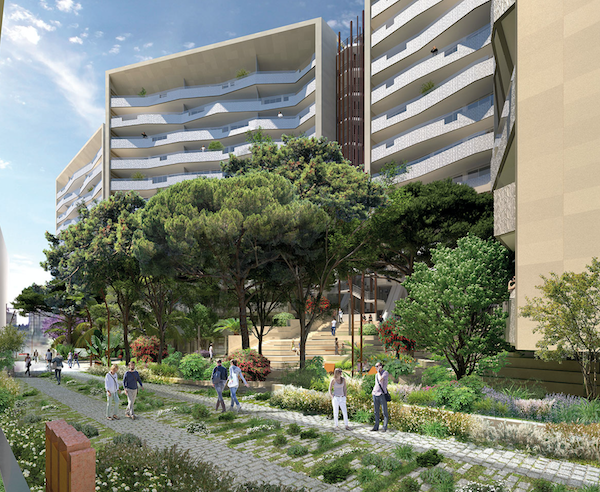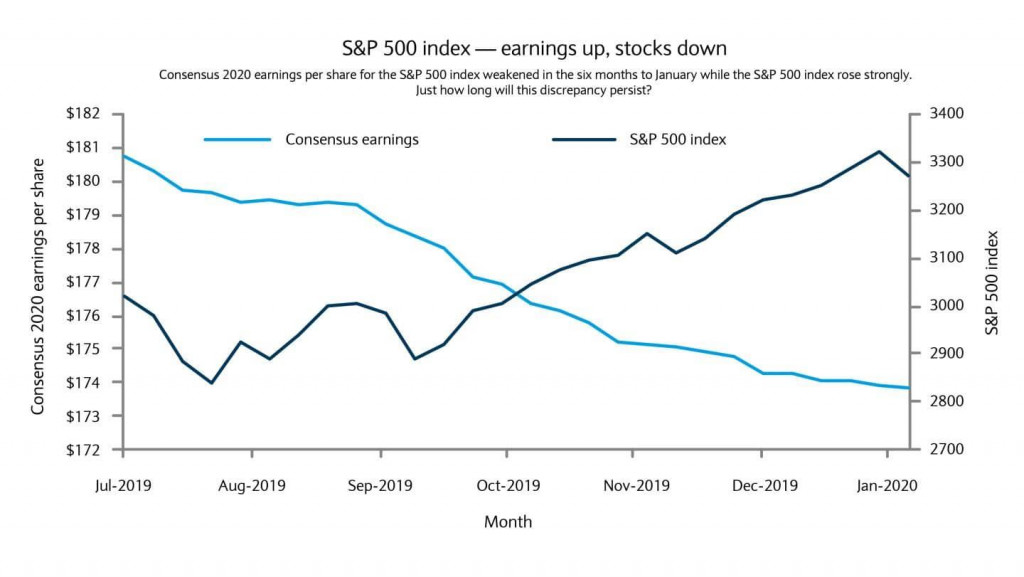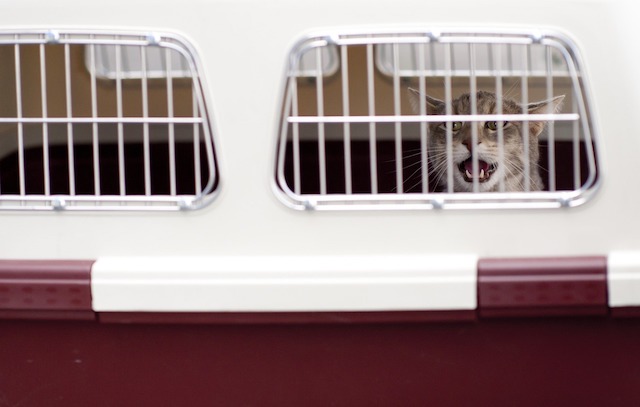The developer behind Monaco’s new residential building ‘Grand Ida’ will come up with alternative designs amid concerns over its “aesthetics”, according to the National Council.
‘Grand Ida’ was one of two building projects put forward by the government and approved by the National Council earlier this month. Designed by Fred Genin of Arch Monaco, for JB Pastor & Fils, the housing project will include a series of separate but interconnected buildings that create green spaces. It is due to be completed by 2023.
But according to a statement released by the National Council on its social media platform, Monaco Mayor Georges Marsan and members of the municipal council would like to clarify some details.
“Contrary to what is indicated, this project, considered in a municipal council public meeting on 14th January, was not voted by unanimity but by a majority of the elected members, three municipal councillors having not (voted). On the other hand, most elected representatives have spoken to express their reservations and criticism about the aesthetics of the project.”
The ‘Grand Ida’, when completed, will create 140 apartments for state-subsidised housing as well as an additional 20 private homes. It will also include a creche and parking spaces.
“Despite these (concerns), in the case of a public operation with state housing and a municipal nursery expected by our fellow citizens, they wanted to respect their wishes, (so) the municipal elected representatives took the responsibility not to vote against this project,” reads the statement.
Arch architects and Fred Genin are behind a number of developments in Monaco including the new VIP boxes at Stade Louis II, L’Helios residential building, the Monaco Train Station, the Grimaldi Forum and the Quai Kennedy residential building.
According to the council, there seems to have been some confusion as to the finality of the ‘Grand Ida’ design: “While the Princely Government said on 4th February that ‘at this stage of the project, these first sketches do not represent the final project. The aesthetics of buildings is not frozen at this point’, it should be said that the project that had been submitted to the vote of the municipal council had been presented to it as its final version.”
The council ended by saying: “The Municipal Council is pleased, however, that the developer has been asked to review the aesthetics of the project, thus assuming that our comments were heard, but we regret that these were not reflected in recent communications on this subject.”
Read more:










